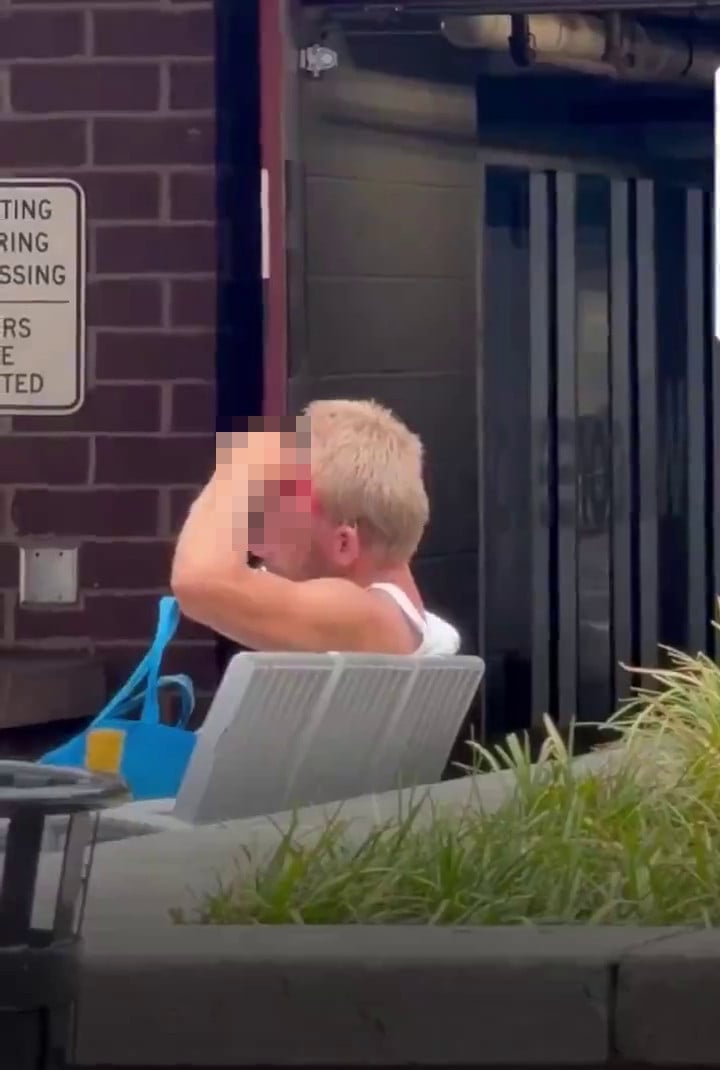Could the discovery of a skull in Tennessee's wilderness finally bring closure to families of missing individuals? A bold statement lies in the fact that such discoveries often unravel mysteries long buried, offering solace and answers to those who have waited years for resolution. Such was the case when remains were identified through advanced DNA technology, linking them to missing persons from decades past.
In a remote area near Knoxville, authorities uncovered a human male's skull alongside personal belongings including clothing, a revolver, and a pocket knife. This grim find has reignited investigations into cases involving missing individuals from Morgan County. The location, far removed from civilization, suggests that these items may have been concealed deliberately or lost over time. Detectives are meticulously examining every clue, hoping to connect the dots between this discovery and any outstanding missing person reports. Meanwhile, Metro Police in Nashville also announced the recovery of a skull in wooded areas, though it does not match any local missing person cases within their jurisdiction.
| Personal Information | Details |
|---|---|
| Name | Marcus Rutledge |
| Date Missing | June 8, 1998 |
| Age at Disappearance | 23 years old |
| Place Last Seen | Nashville, Tennessee |
| Identifying Features | Tattoo on left arm |
| Family Contact | Tennessee Crime Stoppers |
| Career | Construction Worker |
A similar scenario unfolded when a hunter stumbled upon a skull in Tennessee woods back in 2010. It took several years before forensic science could confirm its identity as Marcus Rutledge, a young father who vanished without a trace in 1998. His family had endured two decades of uncertainty until DNA evidence provided definitive proof. This breakthrough highlights advancements in investigative techniques and underscores the importance of preserving biological samples for future analysis.
Luke Michael Butler's case presents another puzzle for law enforcement. Found by a hunter near Madisonville in 2022, his skull and femur remain enigmatic despite ongoing efforts to determine the cause of death. Authorities continue searching for additional remains while piecing together fragments of information about Butler’s final days. Public cooperation plays an essential role here; tips from citizens familiar with the area might prove invaluable in reconstructing events leading up to his demise.
Meanwhile, Jonathan Johnson's plight captures public attention due to harrowing circumstances surrounding his homelessness and severe head injury. Wandering Nashville streets with visible signs of trauma, his condition sparked outrage among residents demanding accountability for societal neglect. Although medical treatment addressed immediate concerns, Johnson soon returned to life on the streets—a stark reminder of systemic challenges faced by vulnerable populations. Advocates call for comprehensive solutions addressing both immediate healthcare needs and long-term support structures necessary for rehabilitation.
The recurring theme linking these disparate cases involves prolonged absences followed by unexpected discoveries. Each instance illustrates complexities inherent in solving cold cases where time erodes physical evidence and witness memories fade. Nevertheless, modern technology offers unprecedented opportunities to revisit unresolved mysteries, potentially bringing justice and peace to affected families. As investigators delve deeper into each situation, they rely heavily on community engagement, media exposure, and cutting-edge methodologies to bridge gaps left by history.
Efforts extend beyond individual cases as broader patterns emerge regarding disappearances across Tennessee. Law enforcement agencies collaborate closely to share resources and expertise, ensuring no stone goes unturned in pursuit of truth. Public awareness campaigns encourage reporting suspicious activities while emphasizing safety measures people can adopt to minimize risks associated with vanishing incidents. Together, these initiatives aim to create safer environments where fewer families endure anguish caused by unanswered questions regarding loved ones' fates.
While progress continues toward resolving existing cases, prevention strategies gain momentum as well. Educational programs targeting youth emphasize staying connected digitally during outdoor adventures, carrying identification, and informing trusted contacts about planned outings. Additionally, partnerships between government entities and non-profit organizations foster development of databases tracking missing persons efficiently, expediting matches when unidentified remains surface.
In conclusion, each discovery brings renewed hope alongside fresh challenges for investigators dedicated to uncovering truths hidden beneath layers of time and circumstance. Through relentless determination coupled with technological innovation, they strive to honor victims' memories while providing closure to grieving families. These stories serve as poignant reminders of humanity's shared responsibility to protect one another and ensure justice prevails even against daunting odds.




